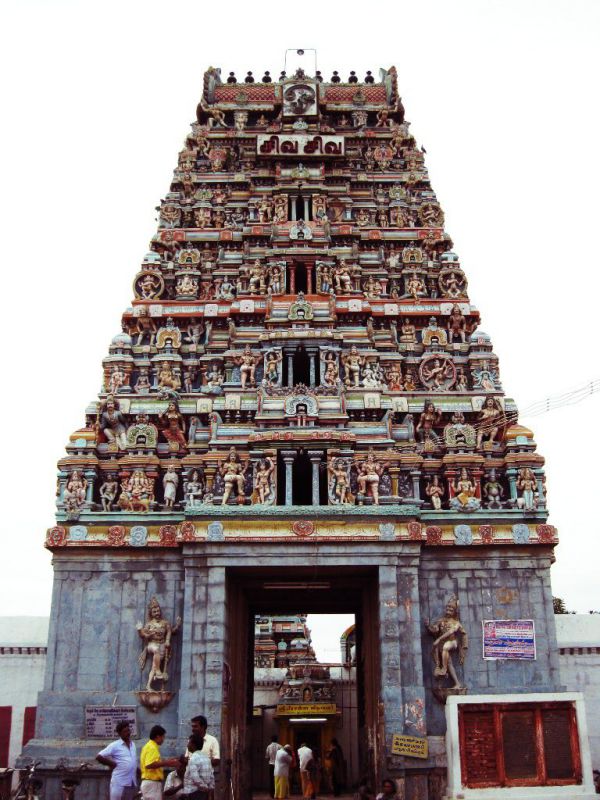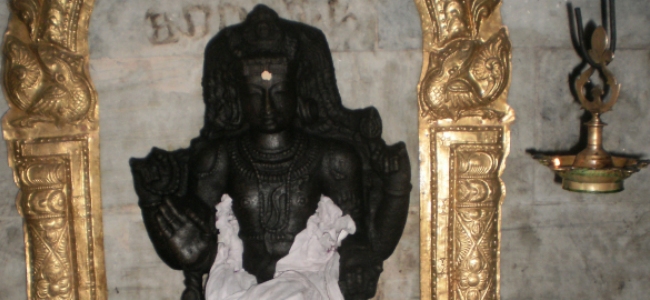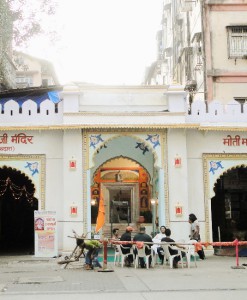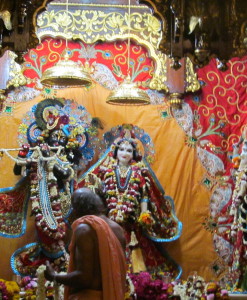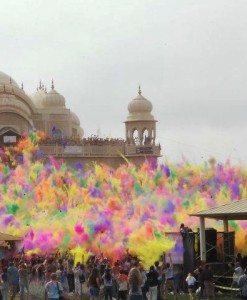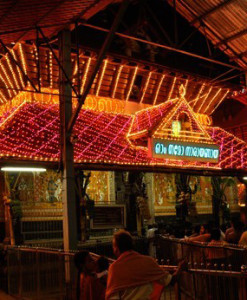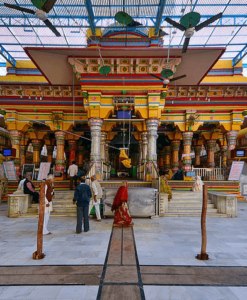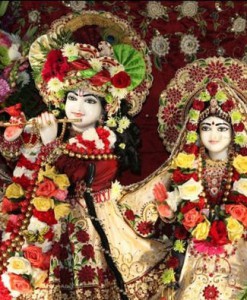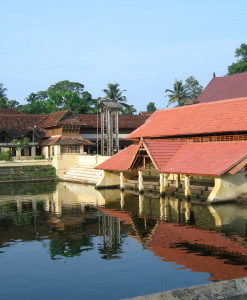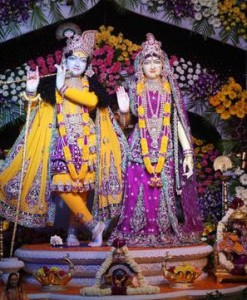No products in the cart.
Masilamaneeswarar Temple is located in Vada Thirumullaivoyal near Avadi,Chennai. King Tondaimaan built this temple. Masilamaneeswarar Temple is the 22nd of the 32 Tevara Padal Petra Stalams in the Tondainadu region of South India. Saints like Arunagirinadhar, Sundhara, Vallalar and many others has sung songs in this temple. This information can be witnessed in Temple Kalvettu. Devi Kodiyidai Amman is one of the Tri-Shakti. Devi Kodiyidai Amman represents Kriya Shakti (Power of Activity). The other two temples are Melur Thiruvudai Amman Temple representing Iccha Shakti (Power of Will) and Thiruvottiyur Vadivudai Amman Temple representing Jnana Shakti (Power of Knowledge).
In the Masilamaneeswarar Temple vimana (roof) of the sanctorum sanctorum is designed in a special way that is exclusive to Pallava architecture – the GajaBrishtam, that looks like the rear of an elephant (Gaja – elephant, brishtam – rear).It is created on a solid round base and is known as ThoonganaiMaadam in Tamil [thoong(um) – sleeping, aanai – elephant, maadam – top of a building (or temple)] or simply, ‘a building that looks like the rear of a sleeping elephant’.
Masilamaneeswarar Temple,Tamil Nadu
The Nandhi, vehicle of Lord Shiva had escorted a King in a battle against the demons. Therefore the Nandhi is not facing Lord Shiva in the temple but instead looking in the opposite direction. There are no shrines for the Navgrahas or the nine planets as Lord Shiva is predominant.
Ambica having a waist as fragile as the stem of a plant has therefore been named KodiIdaiNayaki. Worshipping the Mother on Poornima-full moon days and Fridays would release the devotee of all immoralities. It is also believed mere listening of the history of this holy place would bring salvation to the person.
In ancient times, the forest adjacent Tirumullaivayil was occupied by two tarnished tribesmen, Vaanan and Onan from the Kurumbar tribe. King Thondaiman, who was the monarch of that land at the time wanted to end all the mayhems caused by these tribesmen.All his trials were unsuccessful. He finally decided to put an end to this by a battle and set out with his troops.
En route to the war, they waded through a condensed growing of Mullai plants (Jasmine climbers). The foot of the elephant on which he was mounted was entangled in the dense foliage. The king and his men, in an attempt to free the elephant from this mess, went on to destroy the wild twines with their weaponries. Abruptly they noticed blood flowing out from the leaves and found a ‘lingam’ bleeding. Stunned, the King became very tensed and thought that he had committed an act of sin.
He prayed to Lord Shiva for his forgiveness. Without any delay Lord Shiva and Parvathi appeared before the King out of fear that he might harm himself out of repentance. The Lord asked the King to build a temple for Him right there and promised that he would reside there as ‘Masilamaneeswarar’ [‘maasu’ – dirty or stain (caused by the profuse bleeding), ‘ila’ – without, ‘mani’ – gem].
It is believed that the Lord also promised to support him in destroying the Kurumbars by sending his holy steed, the Nandi bull.
The king proved to be victorious in the battle and marched towards his capital again. As a memoir of the victory, he detained a very prized possession of the Kurumbars — two pillars made of the tree trunk of ‘Vellerukku’ (white Crown flower – Calotropisgigantea). These pillars can be seen even today placed on both sides of the Masilamaneeswarar Temple, decorating the sanctum sanctorum of the Lord.
Masilamaneeswarar Temple is open from 6.30 a.m. to 12.00 a.m. and from 4.00 a.m. to 8.00 p.m.
- VaikasiBrahmmotsavam in May-June
- Masi Float Festival in February-March
- AaniVasanthaUtsav in June-July
The garlands offered to Nandideva during the pujas are worn by the devotees who face wedding problems. Also these garlands prove fruitful to those whose children are suffering from any health concerns. But this practice is not followed on the puja days on new moon, full moon, Kruthika star and pradosham days.
The Masilamaneeswarar Temple is praised in the Thevaram hymns of Sundarar. Addressing the Lord “PasupadaParanchudar” having His home in Tirumullaivayil, surrounded by fragrant gardens, Sundarar, in his hymn, says that Lord Shiva’s Lotus Feet are his wealth and wisdom and he does not care for men of material thinking. He seeks Lord’s grace for relief from certain problems he was facing then. This is the 22nd temple in Thondai Nadu region (places covering Chennai, and adjoining areas as Kancheepuram, Chinglepet etc.) praised in Thevaram hymns.
There is a scar on the head of the Swayambulinga in the temple. As if to heal the wound, sandal paste is applied on the Linga throughout the year except two days in the month of Chithirai (April-May) covering the Sadayam star day. Lord appears in His true form these days. It is firmly believed that worshipping Lord Shiva during this time frees his devotees from all the sins. As no abishek is performed to the Linga, A PadarasaLinga (Mercury Linga) is placed in a separate shrine for Pujas. The Vimana (tower above the sanctum sanctorum) is of Gajabrushta – back side of an elephant – design.
Devotees offer Sandal paste Alankara to the Lord on realizing their wishes.
Masilamaneeswarar Temple Goddess is called KodiyidaiNayagi – the Goddess with a waist as slender as the Jasmine climber. The goddess is considered to be a very powerful deity. Newlyweds, girls who have been having low prospects of marriage, etc. come here to seek her blessings which have proven fruitful to many.
She and Her counter parts, Tiruvudai Amman – the Goddess symbolising Lakshmi or the One who is regarded as most respected and powerful and Vadivudai Amman – the Goddess who is dazzling with her gracious beauty, are believed to be three Great Goddesses who shower all auspicious things in life if visited and worshipped on the same day of ChitraPournami – the full moon day in the Tamil month of Chithirai.

